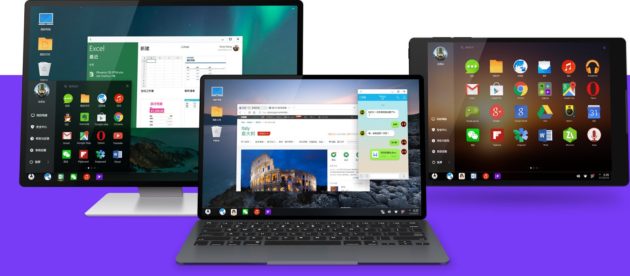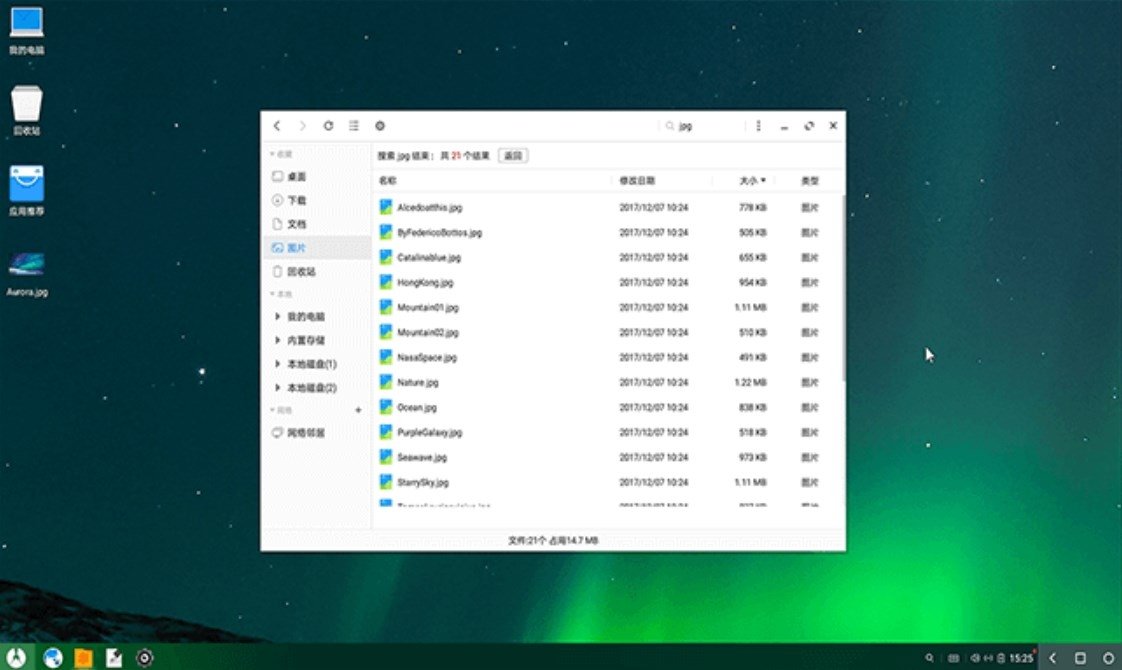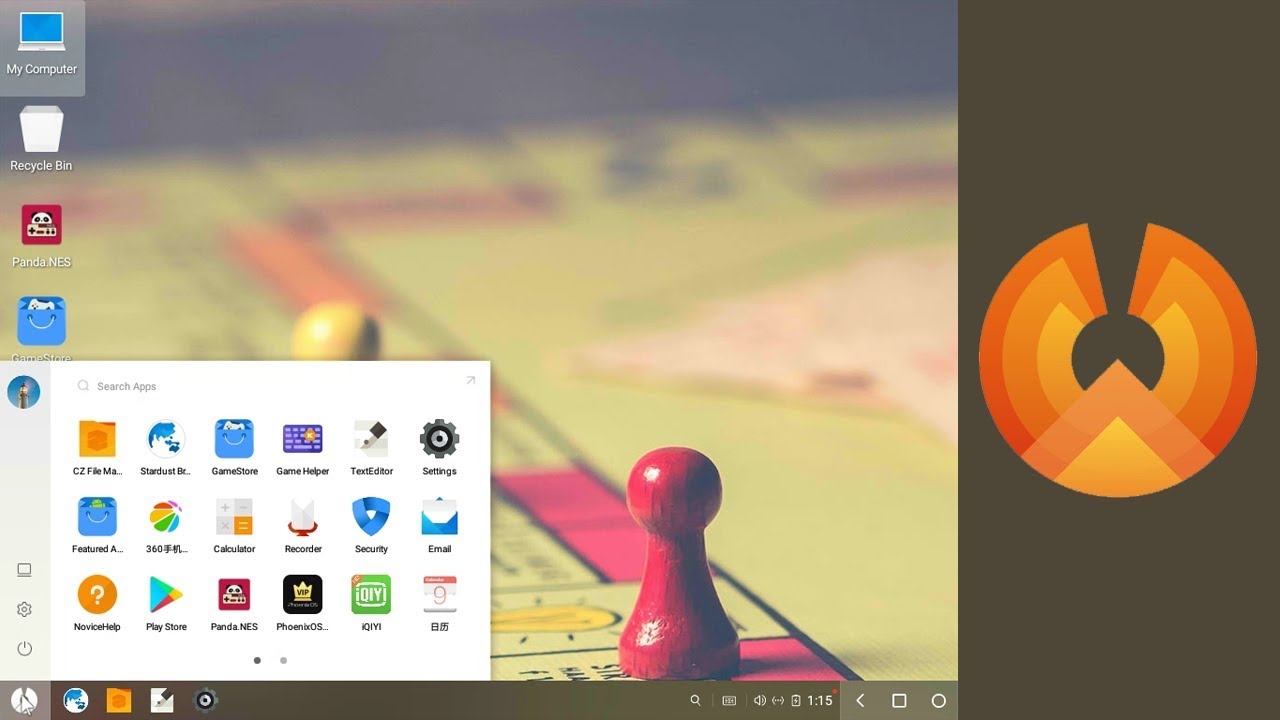

This reverse engineering technique is commonly referred to as a " Chinese wall".
PHOENIX OS WIKI CODE
Because the programmers who wrote the Phoenix code never read IBM's reference manuals, nothing they wrote could have been copied from IBM's code, no matter how closely the two matched.
PHOENIX OS WIKI PC
By recording the audit trail of the two groups' interactions, Phoenix developed a defensibly non-infringing IBM PC compatible ROM BIOS. The single engineer developed code to mimic the BIOS APIs. They wrote technical specifications for the BIOS APIs for a single, separate engineer-one with experience programming the Texas Instruments TMS9900, not the Intel 8088 or 8086-who had not been exposed to IBM BIOS source code. Engineers read the BIOS source listings in the IBM PC Technical Reference Manual. To develop a legal BIOS, Phoenix used a clean room design. Clone manufacturers needed a legal, fully compatible BIOS.

IBM sued companies that it claimed infringed IBM's copyright. Some, like Compaq, developed their own compatible ROM BIOS, but others violated copyright by directly copying the PC's BIOS from the IBM PC Technical Reference Manual. These products only provided a small revenue stream to Phoenix during the early 1980s and the company did not significantly expand in size.Ĭloning the IBM PC BIOS Siemens-Nixdorf Laptop from 1992 using Phoenix 80386 ROM BIOS PLUS Version 1.10.00Īfter the success of the IBM PC, many companies began making PC clones. Phoenix also developed C language libraries, called PForCe, along with Plink-86/Plink-86plus, overlay linkers, and Pfix-86, a windowed Debugger for DOS. Phoenix also provided PMate as a replacement for Edlin as the DOS file editor. Phoenix developed customized versions of 86-DOS (or sometimes called PDOS for Phoenix DOS) for various microprocessor platforms. In this same time period Phoenix purchased a non-exclusive license for Seattle Computer Products 86-DOS. During 1980–1981, they rented office space for the first official Phoenix location at 151 Franklin Street, Boston, Massachusetts. Neil hired Dave Hirschman, a former Xitan employee.

PHOENIX OS WIKI SOFTWARE
In 1979, Neil Colvin formed what was then called Phoenix Software Associates after his prior employer, Xitan, went out of business. Phoenix was incorporated in Massachusetts in September 1979, and its headquarters are in Campbell, California. Phoenix Technologies and IBM developed the El Torito standard. The company's products – commonly referred to as BIOS (Basic Input/Output System) or firmware – support and enable the compatibility, connectivity, security and management of the various components and technologies used in such devices. Phoenix Technologies Ltd is an American company that designs, develops and supports core system software for personal computers and other computing devices.


 0 kommentar(er)
0 kommentar(er)
